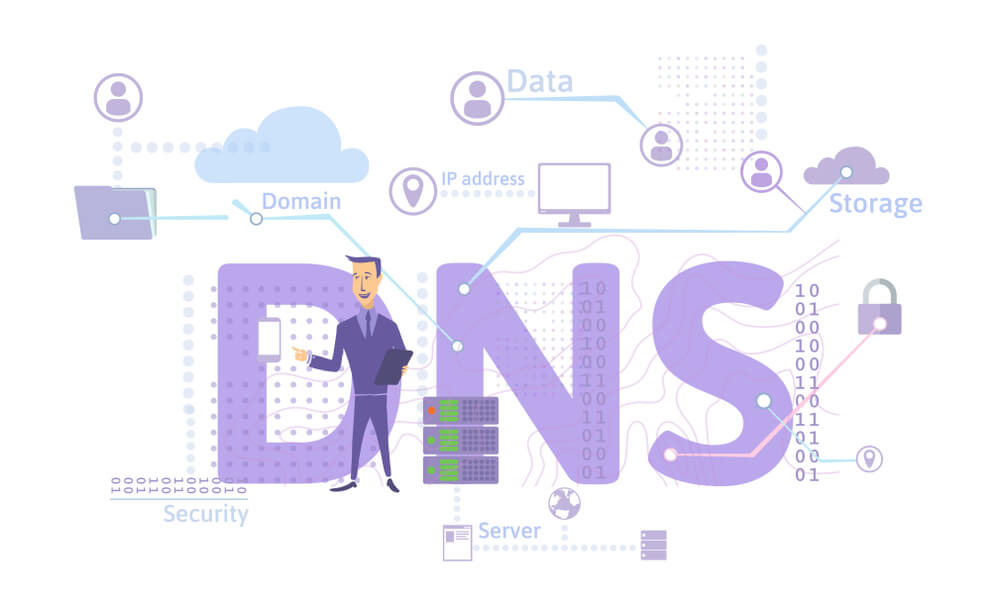Conducting Passive Reconnaissance Using Website Contacts Database Intel and Search Results
Is your supplier or partner, or a new acquisition of yours a potential threat? If you’re reading this, you’re probably asking yourself the same thing.
Third-party vendor risks have become a pressing concern among businesses in the wake of recent supply chain attacks. Around 59% of organizations have encountered an attack that can be traced back to their suppliers. This number has probably increased as reports of new vendor-caused attacks make headlines every day.
Many organizations believe that vendor risk assessment should be a high priority as they engage with more service providers. Unfortunately, most do not have the resources to do so. Among those who do, only 36% believe that their third-party risk management programs work.












































